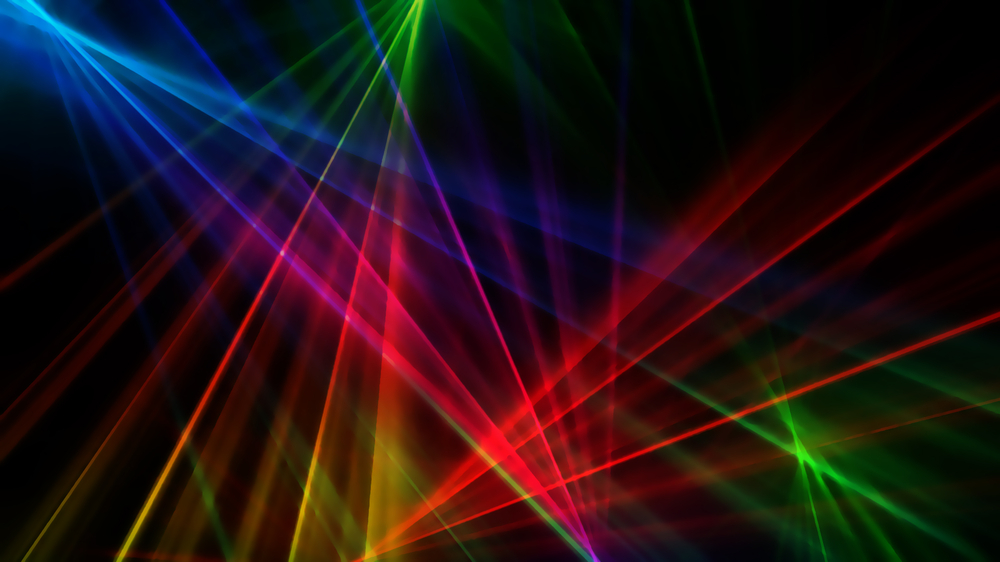University of Twente develops narrowest band diode laser

Researchers from the University of Twente have developed what they think is the world's most narrowband diode laser chip. Research leader Klaus Boller presented the results at a scientific conference in Munich.
For photonic chips to function as efficiently as possible, it is important to have good control over the light signals. This means that all the light particles being transmitted must have, as closely as possible, the same frequency i.e. the same colour.
The University of Twente researchers have developed their tiny laser a maximum bandwidth of just 290 Hertz. By some distance, this is the most accurate laser on a chip that has ever been created, according to Boller: "Our signal is more than ten times more coherent "“ or clean "“ than any other laser on a chip," he said.
The newly-developed laser is tunable within a broad range. The device is a hybrid laser, which means that it consists of two different photonic chips, optically connected to each other.The laser could bring countless applications within reach, say the researchers,such as controlling movable antennae on phone masts for 5G mobile internet, faster data flows through glass fibre networks, or more accurate GPS systems and sensors for monitoring the structural integrity of buildings and bridges.
The research was carried out by Youwen Fan and Klaus Boller of the Laser Physics and Nonlinear Optics department at the University of Twente MESA+ research institute, Applied Nanophotonics, in collaboration with Ruud Oldenbeuving, Chris Roeloffzen, Marcel Hoekman, Dimitri Geskus, and René Heideman of the company LioniX International.


































